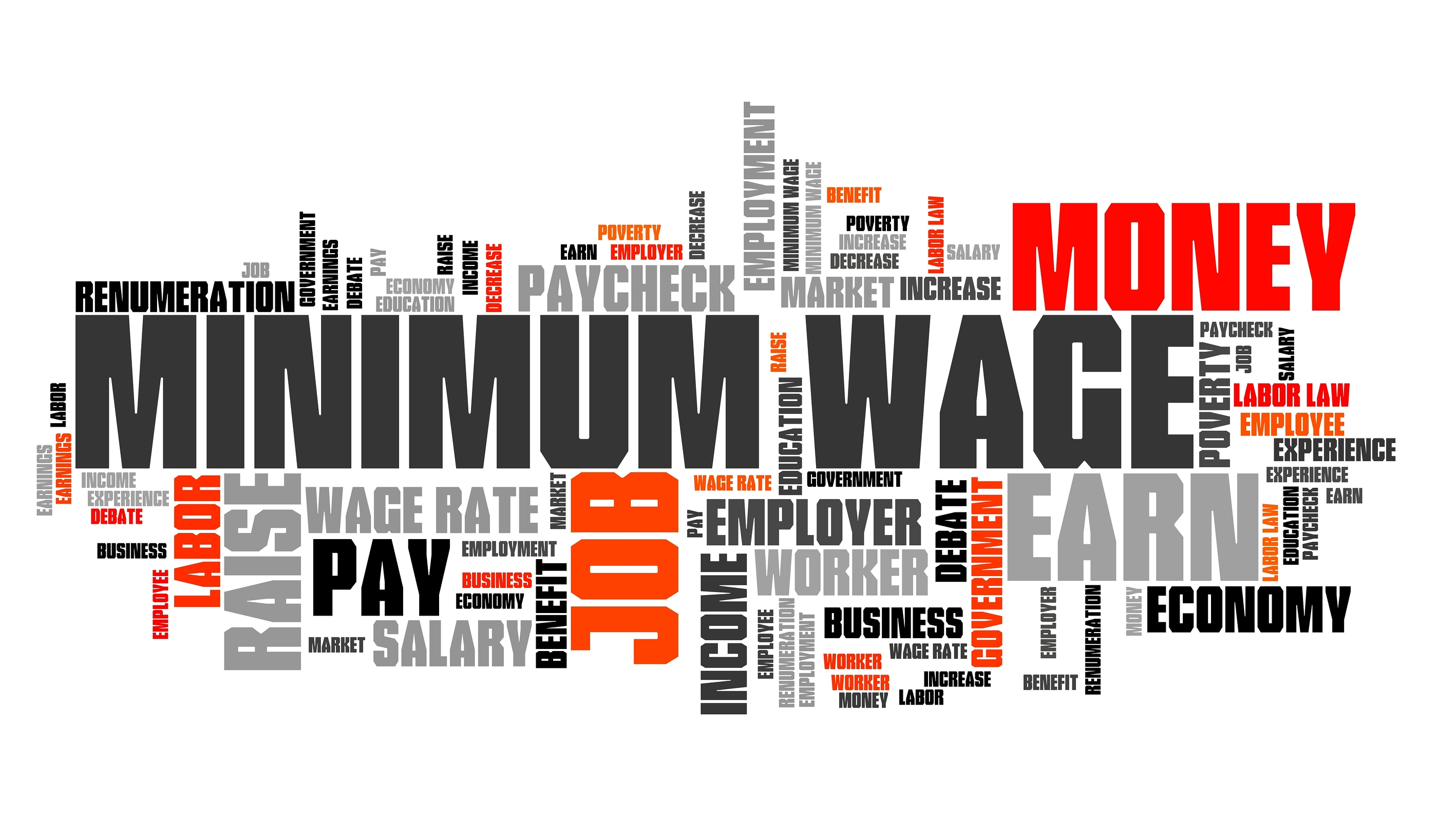
If you work in Human Resources for any company, you may find your employer affected by the raise in minimum wages for 2017. At least 21 states have raised their minimum wage as well as 10 counties and 19 cities. Minimum wage has been such a trending political topic and proponents of the idea have stated that these raises are necessary in order to ensure that employed individuals can afford all of their necessary living expenses.
Significant And Insignificant Raises
While some states are raising their minimum wage significantly, others are passing raises that are too small to make a difference in one’s income. The differences in the amount of minimum wage raises from state to state is strongly tied to frequent inflation rate changes.
In the majority of the 21 states that already have plans to pay their workers more, the rise of the Consumer Price Index is directly affecting the new minimum wage amounts. While these states are mostly rounding off salary increases by five cents, New Jersey stands out from the pack by rounding off salary increases by one cent.
Beginning in July of 2017, employees working in Maryland must receive an income of at least $9.75 per hour. In July of 2018, the wage is expected to rise to $10.10 per hour.

Minimum Wage Increases Beyond 2017
Between now and 2020 certain states are planning to raise their minimum wages even more than the expected rates. One example of this is in Arizona, while the minimum wage is already being raised from $8.05 to $10 for this year, by 2020 it is expected to be $12.
For 2017, California is adding 50 cents to the minimum wage, making it $10.50. The plan is to raise the wages by 50 cents in 2018 and starting in 2019, to raise it $1 each year. This means by 2022 it will be $15 per hour. However, this only applies to companies that have at least 26 employees. Upon raising the minimum hourly pay to $15, employees in the state may see their wages increase as much as 3.5% per year. This is expected to affect roughly two million employees throughout the state. As of now, California is the only state expected to reach a $15 minimum wage in the foreseeable future, though New York is a close second to do the same. The Governor of California has the power to temporarily stop the rise of these wages in the event that poor economic conditions make continuing raises an expense the state can’t meet. This does not apply to the current increase and will no longer be a condition of raising the wages after the year 2024 has been indexed financially.
In comparison, New York has raised its minimum to $11 hourly with plans to gradually increase it until it tops out at $12. States such as Washington and Massachusetts are expected to raise their wages by a minimum of $1.
Federal Minimum Wage
Though most states have laws in place governing these wages there are five states that don’t. Fifteen more states have laws governing minimum wage that need to be updated. According to Federal law the lowest wage a worker can be paid is $7.25. States that don’t have their own minimum wage laws must adhere to this wage. Federal legislation must be enacted in order to raise $7.25 to a more reasonable rate.
As of January 2017, there have been no plans announced to raise the federal minimum. However, any employee who is under contract with the Federal Government must receive a minimum hourly wage of $10.20. Any Federal employee who is allowed to accept tips earns at least $6.80 per hour in cash by law.
Paying attention to the federal laws regarding employee wages is a smart thing to do. This is something HR directors need to be constantly informed and updated on. Depending on the state you are in, the wages will continue to increase on a regular basis until they have been deemed enough.
Author Bio:
Tim Becker Partner at Minneapolis’ Johnson // Becker PLLC, and lead sponsor of WageAdvocates.com. He is committed to providing clients effective, aggressive legal representation, and has prosecuted numerous individual FLSA violation claims.
